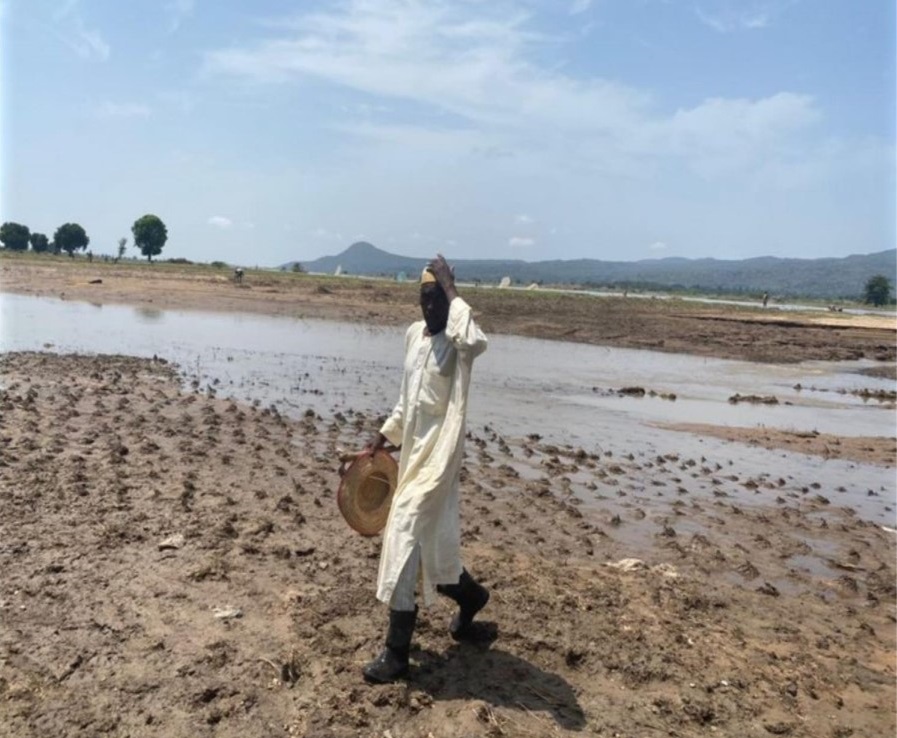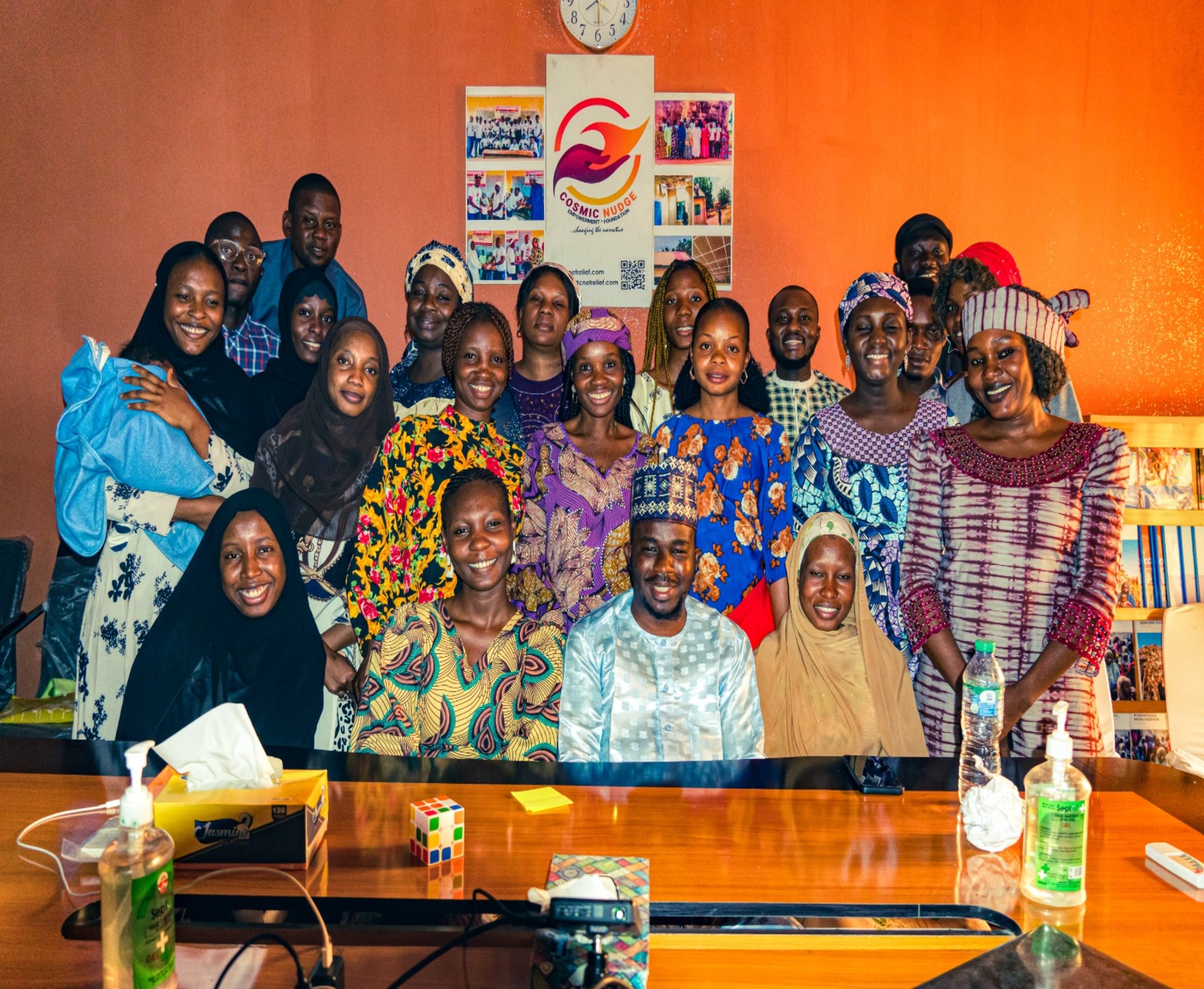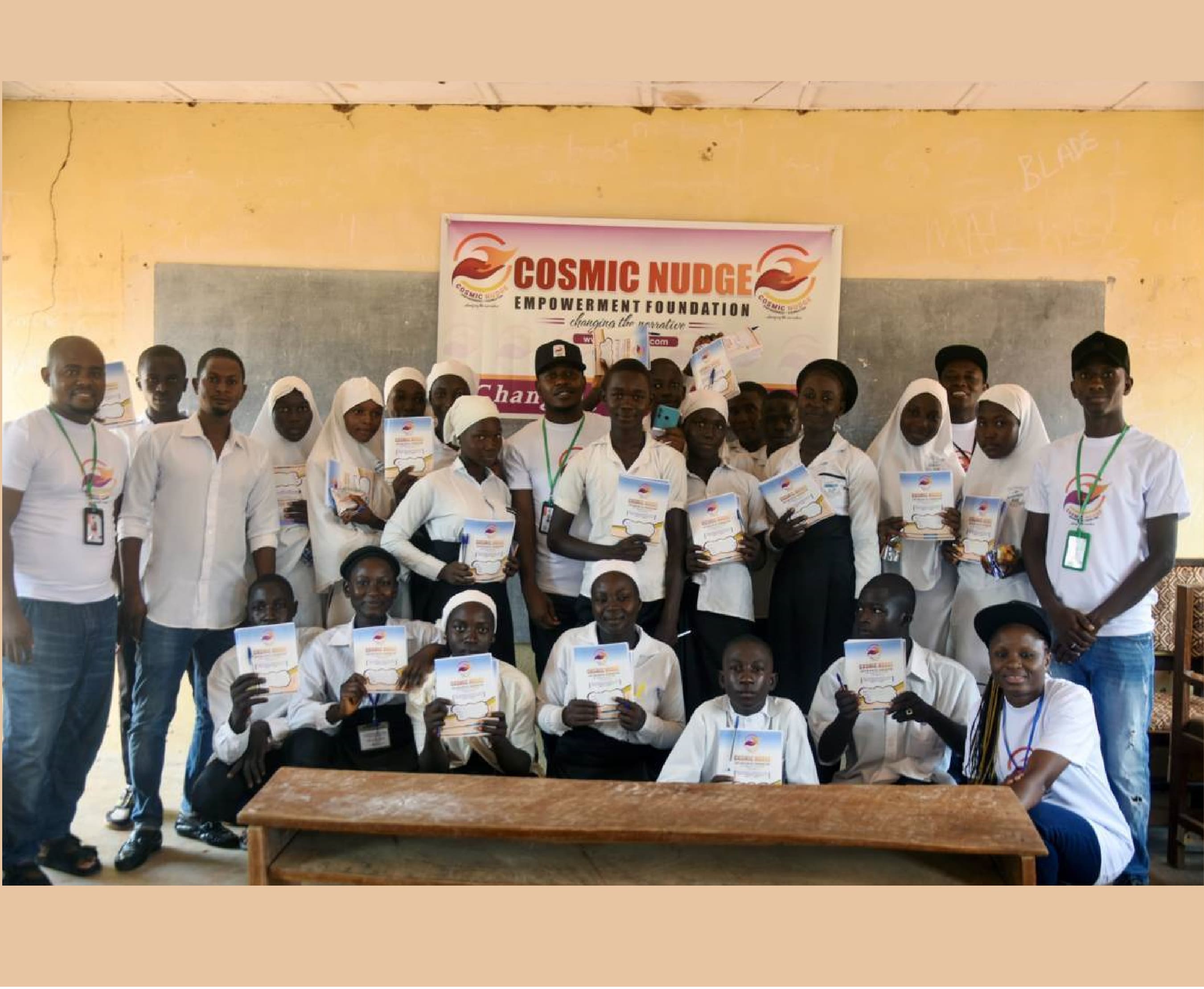
RAPID NEEDS ASSESSMENT (RNA): Gerei Local Government Area, Adamawa State
Key Findings
- The recent flooding has had an adverse effect on the livelihood of the people and their income in general.
- The flooding was rather unprecedented for the residents who were living their lives unsuspecting of the potential danger and threat that the natural disaster had on the people. It visited them unprepared and so late to salvage things, especially farm produce.
- A good number of people were displaced from their homes becoming internally displaced.
- Farmlands were ravaged and consumed totally.
- Security of lives and properties was adversely affected in some quarters. The hardship opens the doors to some people who chose to take advantage to steal from others,
- Homes were literally consumed by floods.
- Heath risks were reported as children were reported sick and even adults most especially cholera, pneumonia, common cold, fever, and malaria.
- Lives and properties were lost. There were reports of fatalities resulting in deaths and disappearances of people.
Situation Overview
A growing number of communities both coastal and inland are finding themselves underwater. Extreme weather, sea level rise, and other climate change impacts are increasingly to blame
Floods are the most common (and among the most deadly) natural disasters in the world today. They have brought destruction to every state and nearly every county, and in many areas, they are getting worse. As global warming continues to exacerbate sea level rise and extreme weather, our nation’s floodplains are expected to grow by approximately 45 percent by the century’s end.
According to OCHA in a flash report, Since July 2022, more than 2.8 million people in 36 states in Nigeria have been affected by floods triggered by heavy rains.
According to NEMA the state of Anambra has the highest number of affected people (729,046). Other hard-hit states include Bayelsa, Kogi, Jigawa, Adamawa, Taraba, Rivers, and Cross River. The flooding has wreaked havoc among vulnerable communities,leading to the displacement of 1.3 million people, the loss of over 600 lives, and the full or partial damage of 200,000 houses. It has contaminated water sources, increasing the risk of waterborne disease in a country that is facing a severe cholera outbreak. The flooding is aggravating an already severe food and nutrition crisis. More than 440,000 hectares of farmland have been partially or totally damaged, leading to a catastrophic loss of food access and livelihoods.
According to the Cadre Harmonisé, more than 19 million people across Nigeria are facing severe food insecurity. Due to the flooding, high agriculture production costs, and insecurity, cereal production in 2022 is likely to decline by 3.4 percent compared to last year, according to the latest brief by the Food and Agriculture Organization (FAO).
Cosmic Nudge Empowerment Foundation (CNEF) recently participated in a survey about the severe impact of flooding in Adamawa State with a particular interest in Gerei Local Government Area. Girei is a town and local government area of Adamawa State, Nigeria. It lies on the Benue River. The dominant tribe in the area is the Fulɓe or Fulani; however, a substantial number of Bwatiye also dwell in villages such as Greng, Ntabo, and Labonte within the Girei local government area. The primary occupation of the people in the area is farming and cattle rearing. The LGA hosts an estimated population of 129,995. CNEF members were able to visit Dakri, Modire, Damare, Gerei 1 and 2 in the Local Government Area. Interviews were conducted and some of the flooded areas were visited. The respondents were cooperative and lamented the key issues and how they are affected by the flood in the following areas.
- Flooded Homes: Most of the interior areas of the villages within Gerei were built by using mud for thatched houses along water waters or plain areas in and around thefadama. When it rains, places are usually folded but not usually enough to cause much havoc until the devasting unexpected flooding of recent weeks that simply sank homes underwater making residents lose their home completely and leaving them bare.
- Food and farmlands: due to the devasting effect of the flooding, farmlands have disappeared and little food stuff saved for a rainy day is too gone. There is no hope in sight for farmers who are largely agrarian and subsistent farmers.
- Security: the flooding has added a dimension to compound the problems of the people. Security has become a challenge as certain individuals steal, and rob at night. Cases of rape too have been reported leaving young girls vulnerable.
- Health Risks: the flooding has escalated the already troubled nature of health issues such as cholera and other water born diseases. Such an unprecedented scenario has left people in a precarious situation to diseases.
- Roads and transport: Manageable roads have been canceled and roads often used for movement are underwater cutting people from the rest of the world. As rightly observed by one of the residents interviewed and he said, “Normally we are able to move our goods on donkey backs and on foot to the main road before we get vehicles to convey our goods to the nearby market, but now we have been unable to do that due to the flood. We do not have the animals nor means of conveying some of the goods salvaged from the flood. We are caught and isolated in the bush with no water and good food.”
Recommendations
- More assessment to decipher the extent of the impact of the flood on the people and surrounding environs.
- Provision of immediate food and shelter to individuals displaced to support to cushion the effects of the floods.
- Due to the high risks of disease outbreaks in the assessed geographical area, there is an immediate need for medical care.
- The provision of seeds to support farmers during the dry season will enable recovery from the recent impact of the flood on their farmlands.
- There is a dire need for portable water because of the washed-out sources of water.
- There is a need to improve the drainage system and carry out more sensitization on various measures to mitigate the impact of floods in the assessment geographical areas.



